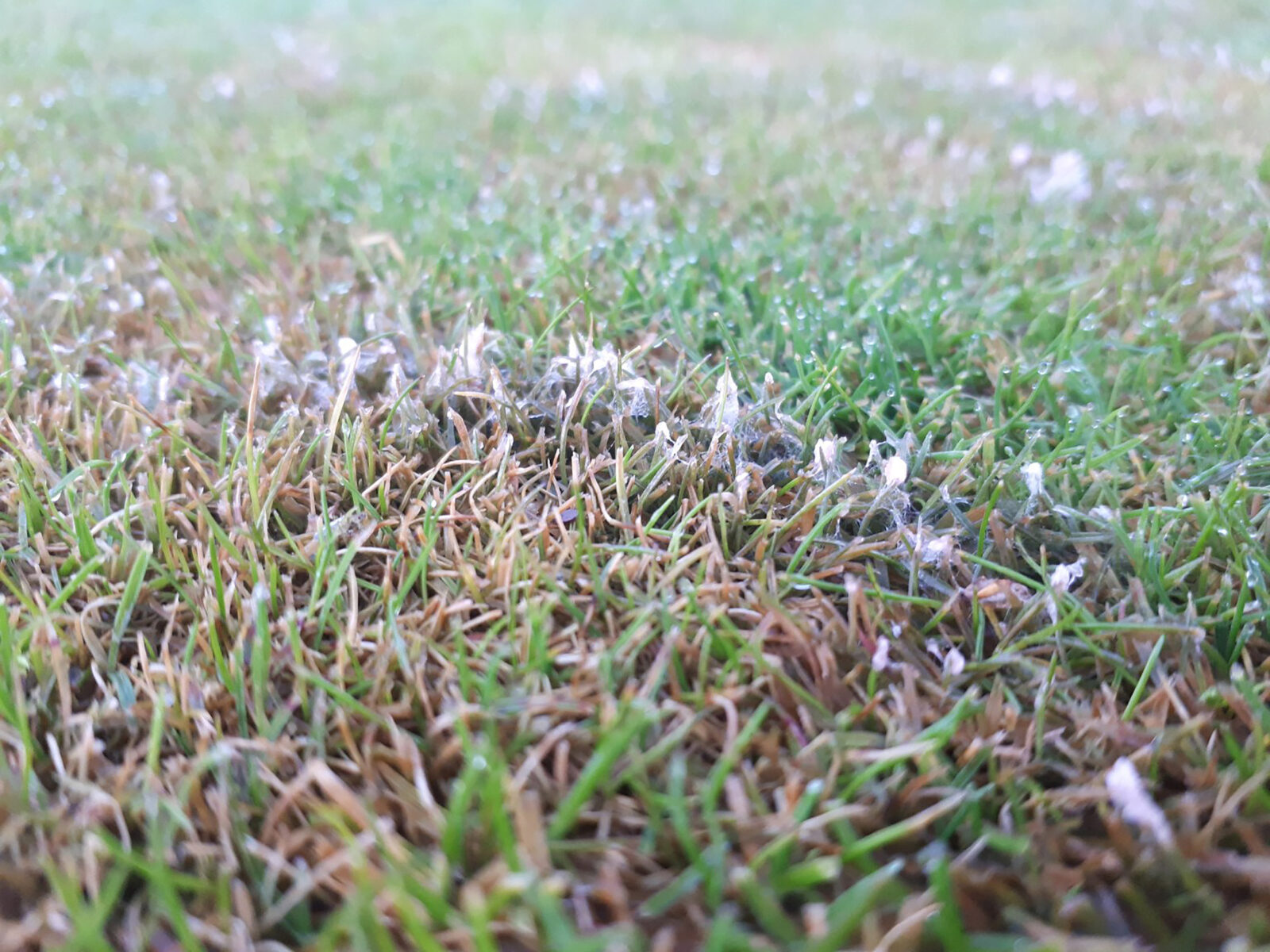Timing of the announcement gives greenkeepers the chance for Ascernity to clean up greens and tees while there is early autumn growth for recovery, and offers the best chance for optimum turf quality going into the winter, advocated Syngenta Technical Manager, Sean Loakes.
“Dollar spot pressure has been extremely high for sustained period, with anthracnose flaring up whenever turf is stressed. Ascernity has great efficacy for targeting these damaging diseases, as well as outstanding performance to prevent the early onset of microdochium expected after the wet conditions,” he advised.
Following ongoing Syngenta investment in specific R&D studies on golf courses, the addition of use for golf greens and tees on the Ascernity label further extends its use from the existing approval on enclosed sports turf stadium surfaces.

“Ascernity has already proven extremely effective under UK conditions, as well as in Ireland where it has been available for golf courses for the past three seasons,” added Sean.
Ascernity brings an entirely new active for turf disease management in golf, in combination with a triazole fungicide active designed to give the optimum balance of internal and leaf surface protection.
Key to the outstanding performance of Ascernity is an advanced formulation, specifically created to achieve a protective coating on the leaf surface, and to move the active evenly through the plant.
This balanced systemicity of Ascernity ensures the whole plant leaf remains protected for longer – delivering sustained disease control. Ascernity is approved for two applications per season, at a rate of 3.0 l/ha.
Unlike some existing systemic actives, Ascernity stays evenly distributed through the leaf, reported Sean.
“The balance of translaminar and systemic uptake retains the disease-fighting active throughout the growing leaf. Ascernity is extremely stable within the leaf; studies have shown that even 14-days after application there is no degradation or dilution in the leaf.”
Sean highlighted that the combination of two actives and two different modes of action targeted disease at different stages, giving greater flexibility in application timing and the efficacy of disease control.
Results from over 70 trials throughout Europe have shown the highly effective performance against a full range of key turf diseases, including Microdochium nivalle, anthracnose, Dollar spot and take-all. Trials had also shown good effect on fairy ring.
He believes Ascernity will become the first-action fungicide option during periods of turf growth, from late spring through to autumn, depending on conditions. “Targeting disease earlier prevents damage to the leaf, reduces stress on the plant and effectively breaks the disease cycle – enabling fungicide programmes to maintain playing surface quality and longer lasting results throughout the season.
“The dual action of Ascernity is so effective since it initially stops germinating spores from developing hyphae on the surface. But if disease has penetrated through into the leaf, it can still act curatively to stop further infection – before visible damage breaks out.”

Independent research at the Irish Sports Turf Institute (ISTI) had shown it can be used to complement Instrata Elite and Medallion TL in a powerful disease control programme for turf quality, especially when used in conjunction with Ryder turf pigment (see imagge).
Including Ascernity in the disease programme was the only option to consistently achieve complete microdochium control of the approaches in the ISTI trials.
Sean highlighted its use can be optimised by many of the features on the Syngenta Turf Advisor app, to be launched later this season.
“Using disease models to identify periods of high risk pressure can help to optimise application timing,” he reported, “As well as multiple weather conditions that influence disease, along with Growing Degree Days and growth potential models that will indicate optimum timing for Ascernity use.”
Announcing the extension of Ascernity use on tees and greens in the UK, Syngenta Turf Business Manager, Sarah Hughes, added there was huge excitement that it had successfully gained use for golf greens and tees and to launch the new active ingredient at a crucial stage for autumn disease strategies.
“The continued investment in achieving approval for Ascernity for golf underlines our commitment to delivering effective solutions for greenkeepers’ turf disease control, along with the research, support and advice to get the best results.”
She pointed out that the power of the actives in Ascernity will perfectly complement other Syngenta turf fungicides, to enable turf managers to plan a strategic disease control approach, alongside advanced innovative technologies in wetting agents, pigments and amino acid programmes.
“Used as a strategic part of an integrated Turf Management (ITM) plan, Ascernity can assure a sustainable long-term future for effective turf disease control,” she added.
Ascernity is distributed in the UK and Ireland by ICL Ltd. www.icl-growingsolutions.uk

